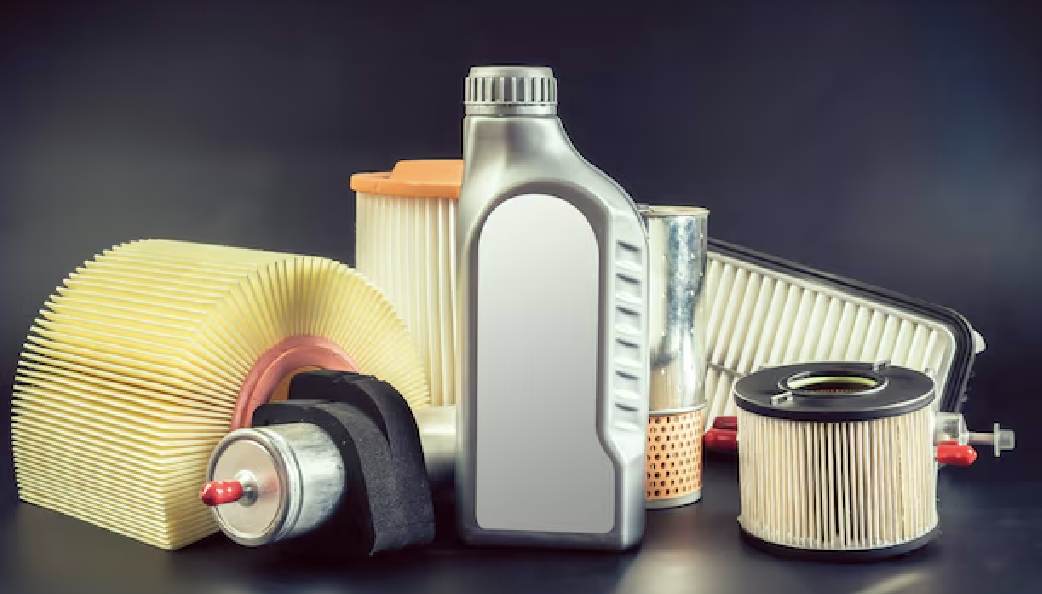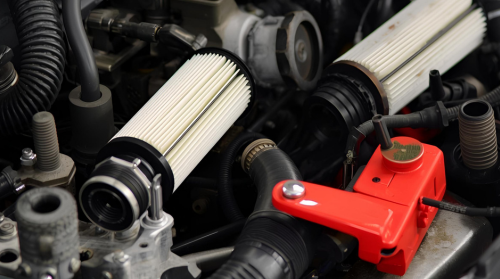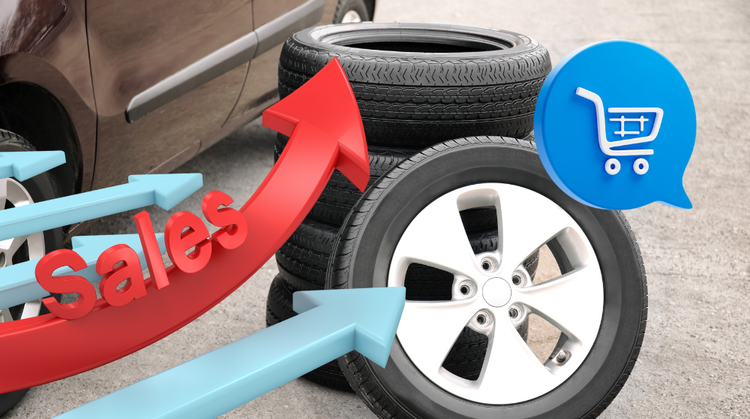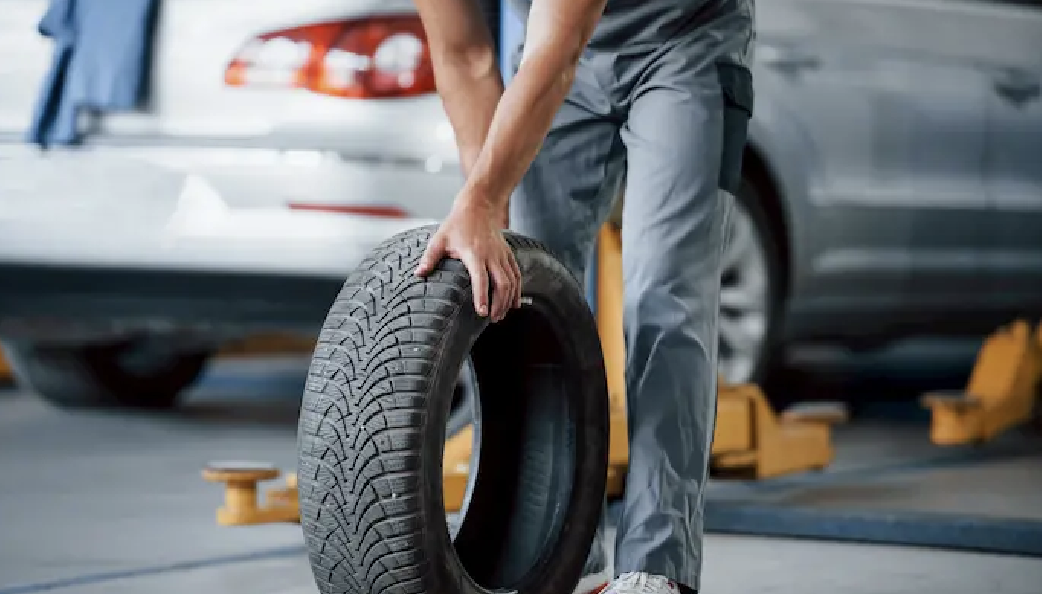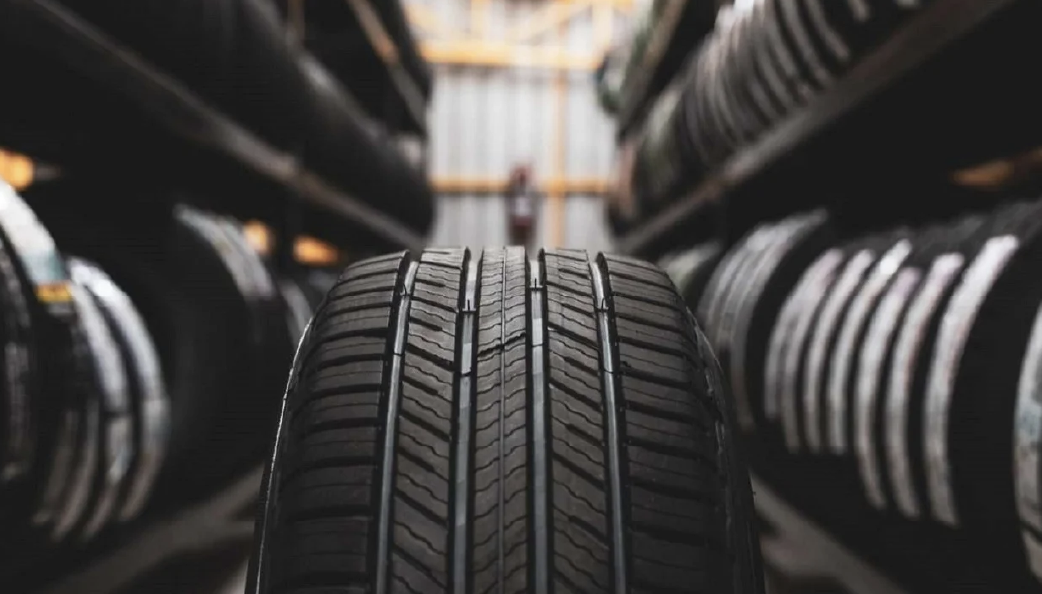Digitalization is no longer optional for auto parts sellers — it’s a necessity to stay competitive. Manufacturers, distributors, and vendors who traditionally operated offline are now shifting to digital platforms to increase visibility, automate processes, and expand their reach.
But where to start? What decisions should you make for your online store to truly perform? Below, we answer some of the most common questions from those exploring e-commerce as a sales channel for auto parts.
How to start selling auto parts online?
Before thinking about social media or ads, the most important step is to have a structured digital catalog. The logic is simple: if a customer can’t find what they’re looking for, they won’t buy — whether online or in a physical store.
In the auto parts world, this means organizing products with clear images, complete technical specifications (compatibilities, OEM codes, materials, etc.), and up-to-date availability data.
According to a 2023 Frost & Sullivan study, 70% of auto parts buyers in Latin America prefer to search for information online before making a purchase. A well-built digital storefront is the first step to compete.
Direct or indirect sales: which model to choose?
There is no one-size-fits-all formula. Some manufacturers and distributors opt for a direct-to-consumer (D2C) model to gain more control over the shopping experience and margins.
Others — especially those with established commercial networks — choose indirect sales models: integrating their catalogs with marketplaces or multi-vendor platforms like Alephee, which connect them with the entire distribution chain.
In this case, the key is synchronization: real-time inventory updates, centralized pricing, and full traceability from order to delivery. This improves efficiency for everyone — from the brand to the repair shop.
How to attract buyers to my auto parts store?
Presenting well-structured products is, in itself, a strategy. Unlike clothing or appliances, auto parts buyers need accuracy — the exact part for a specific make, model, and year.
Including technical data, installation manuals, multi-angle images, and even usage videos builds trust. Tools like vehicle or compatibility filters also enhance the user experience.
At the same time, visibility can be boosted through marketplace campaigns, SEO optimization, and search engine presence. But without a complete product sheet, no campaign will deliver long-term results.
How to increase sales conversion?
Understanding buyer behavior is crucial. Platforms like Alephee provide heatmaps, sales channel reports, and regional performance data, helping identify where certain parts perform better.
For instance, if a brand notices strong sales in northern Chile, it can strengthen its logistics there or adjust localized prices and promotions. Conversion then becomes more than just a number — it becomes a business tool.
What to consider about logistics and delivery?
End customers — whether mechanics or individuals — value two things: speed and predictability. Knowing when the part will arrive can determine whether they accept a job or not.
That’s why it’s essential to have logistics integrations that allow order tracking. Some distributors use regional dropshipping, while others turn sellers into physical pickup points, reducing costs and delivery times.
All of this can be managed from a single system — if your digital strategy is well-defined.
How to stay competitive in this new environment?
E-commerce runs 24/7. But that doesn’t mean working more — it means working smarter. Automating pricing updates, replying to inquiries quickly, keeping stock synchronized, and participating in key sales events (like Hot Sale or Black Friday) are all best practices.
Digital transformation improves not only internal processes — it directly benefits the end user, who finds what they need faster, receives it on time, and comes back to buy again.
In the auto parts world, selling online is no longer new — it’s the current market reality. Those who embrace this shift with structure and customer focus will stay ahead.
